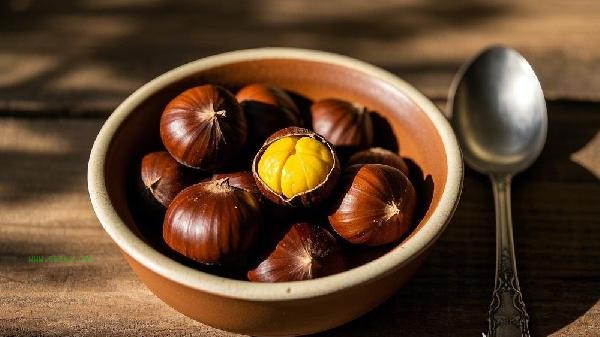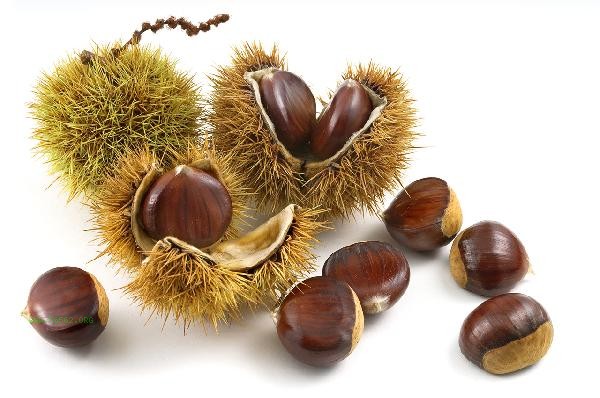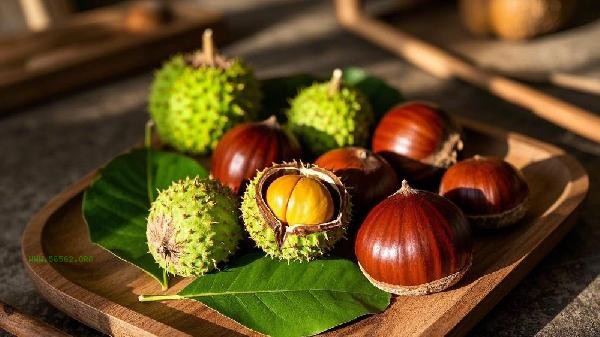The bad peeling of Roasted chestnuts in sugar-coated heated sand is usually related to the variety of chestnuts, frying technology and storage method. The main reasons are the strong toughness of chestnut shells, adhesion caused by sugar penetration, insufficient roasting heat, decreased freshness of chestnuts, and improper peeling techniques.

1. Shell toughness
Some chestnut varieties have a dense fiber structure in the shell, which maintains strong toughness even after high-temperature frying. This type of chestnut has a tight connection between its skin and flesh, requiring a significant amount of force to peel it off, which can easily cause the flesh to shatter. It is recommended to choose chestnut varieties with thinner shells, and use a knife to make a cross cut on the shell before frying to help crack it.
2. Sugar adhesion
During frying, syrup seeps into the gaps of chestnut shells, forming a sticky gel after cooling. Excessive sugar coating can cause the outer shell to stick to the inner membrane, which can easily lead to the extraction of fruit pulp during peeling. Control the sugar concentration during frying within an appropriate range, and peel the skin while it is still slightly hot after frying to reduce adhesion.
3. Insufficient heat
Insufficient frying temperature or too short time results in insufficient evaporation of moisture inside the chestnuts and insufficient shrinkage of the shell. The shell that has not completely burst will tightly wrap around the flesh, and you can use your nails to test whether the shell is brittle and hard to determine the heat.

4. Decreased Freshness
Chestnuts stored for too long may shrink due to dehydration, resulting in a smaller gap between the kernel and the shell. Fresh chestnuts have plump kernels that are easier to shell. When purchasing, shake and listen to the sound, and the interior is fresher without any shaking sensation.
5. Peeling method
Failure to master peeling techniques will increase the difficulty of operation. The correct method is to press the thumb against the depression of the chestnut, pinch the tip with the index and middle fingers, and apply slight pressure to make the shell collapse along the natural crack. Chestnuts that have been cooled for too long can be microwave heated to restore their shell brittleness.

When eating Roasted chestnuts in sugar-coated heated sand, it is recommended to mix with enough water. High sugar content may stimulate gastric acid secretion. Chestnuts contain more starch, so people with diabetes should control their intake. Freshly stir fried chestnuts retain more complete nutrition, containing B vitamins and potassium elements, but it is recommended to consume no more than 10 chestnuts per day. When storing, it is necessary to seal and prevent moisture to avoid exacerbating the adhesion of the shell after sugar absorption. If chestnut kernels are found to have black or spoiled hair, they should be immediately stopped from consumption.








Comments (0)
Leave a Comment
No comments yet
Be the first to share your thoughts!